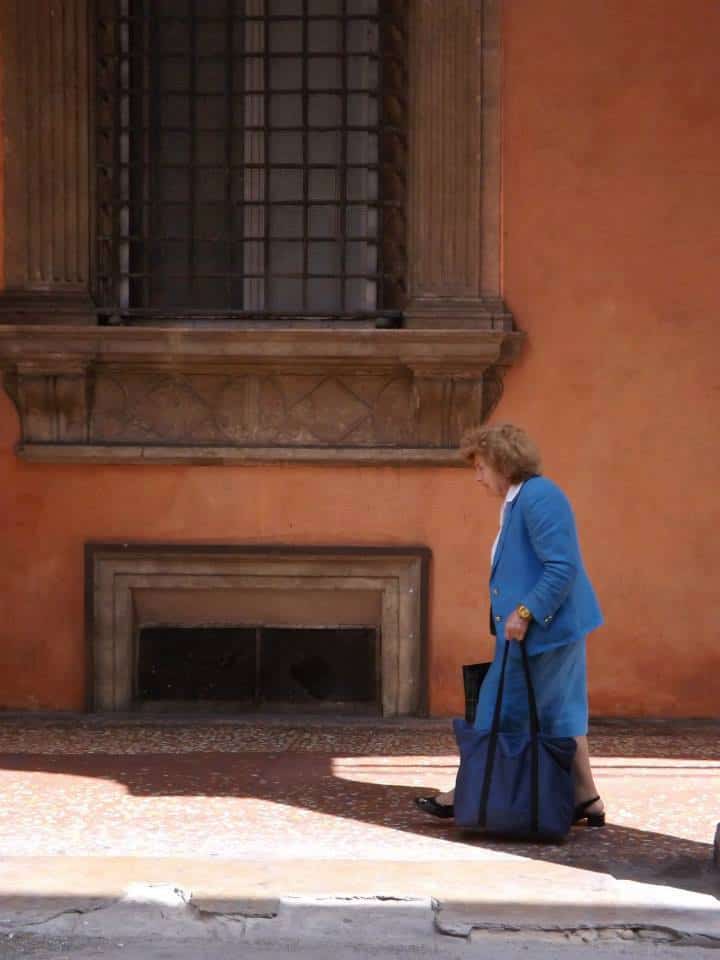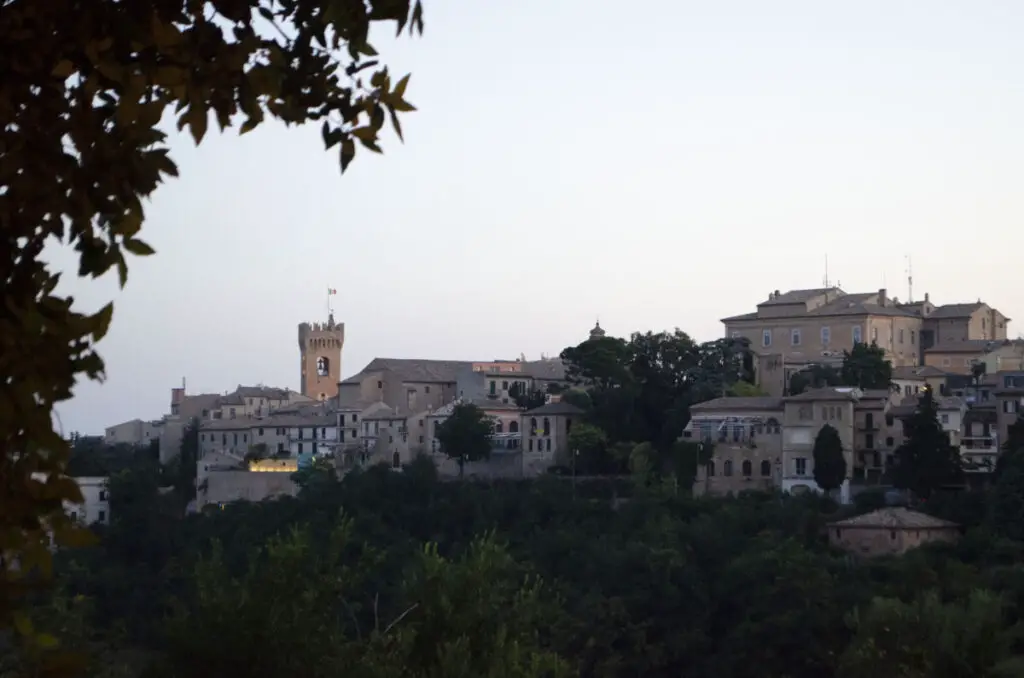In this article I will explain the origins of the Italian cult of the saints and will look at how important saints are to the Italian culture today. I will also present nine of the most important Italian saints.
Keep reading to find out more
Table of contents:
- How does someone become a saint?
- Why is there a cult of saints in Italy? A history lesson
- How important are saints in Italy?
- How are saints celebrated in Italy?
- How many saints does Italy have?
- Nine saints that Italians pray to
How does someone become a saint?
Saints are people who, after their death, have been put forward to be considered for sainthood because they have done significant things in their life which show that they have:
- Served God
- Been virtuous (for example, they have fought against injustice)
- Been responsible for a miracle (for example, healing)
The Vatican Tribunal, and eventually the Pope, based on evidence, testimonials, and significance of the actions of the candidate, make the decision whether to canonize someone as a saint.
Why is there a cult of saints in Italy? A history lesson
To understand the origins of the Cult of the Saints in Italy, we need to look at the history of the transition between paganism and Christianity, which began around 306 AD.
Paganism is a term originally used by Christians to refer to the Roman religion, which involved worshipping multiple gods and goddesses (polytheism). These gods and goddesses, in turn, had been absorbed into the Roman religion from Ancient Greece. The term pagan comes from the Latin “pagus” which means “rural district”.
The specific gods and goddesses that were worshipped varied in the Roman religion, and often changed from one city or town to another. Italy in Roman times was in fact made up of several small rural towns.
When, starting around 306 AD, the population of Italy had to adapt to becoming Christian, the various gods and goddesses which were worshipped in the pagan polytheism of the Roman religion were gradually integrated within the new Christian faith, and this blend gave rise to the figures of the saints.
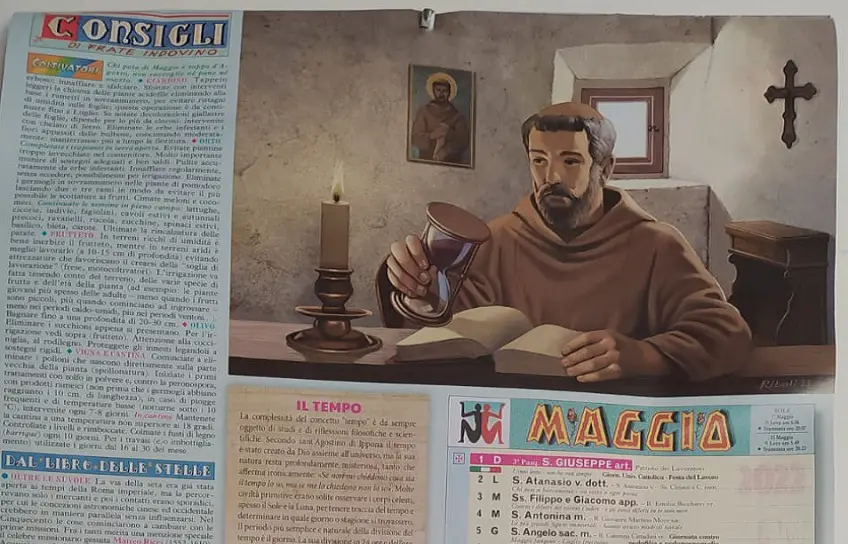
The Christian saints have their roots in the pagan (Roman) religion celebrated before the transition to Christianity
Here is one example of how the pagan religion became integrated into Christianity:
The Greek goddess called Hecate, who had arrived to Italy through exchanges with Ancient Greece, was the goddess of crossroads and was located where roads crossed, as a protector of the person who had to decide which road to take (this also symbolized the making of a choice in life).
With the transition to Christianity, statues of the goddess Hecate were replaced by statues of the Virgin Mary. To this day, at crossroads in the more rural or mountainous regions of Italy, you still sometimes see a small construction or niche containing a statuette of the Virgin Mary or a saint. These crossroads are called “crocicchi” in Italian.
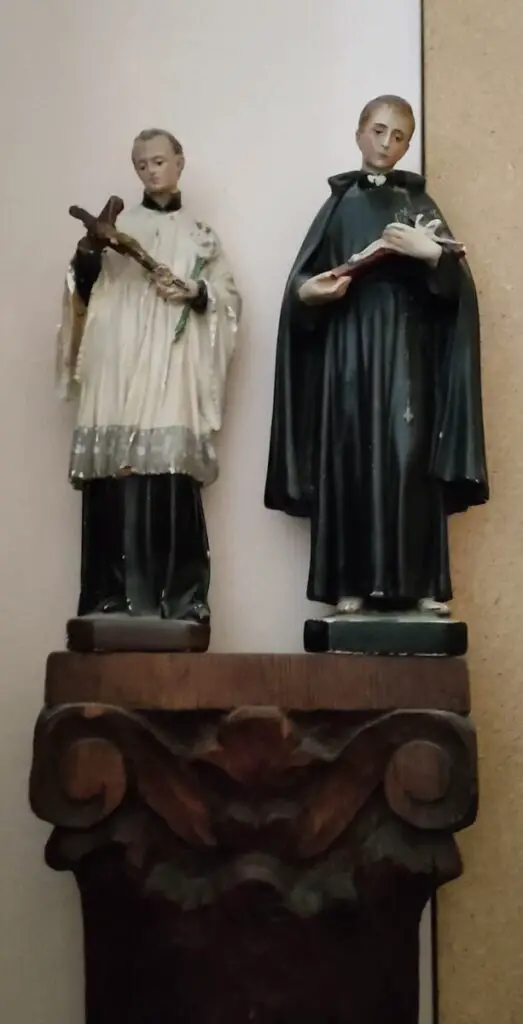
The different pagan gods of the Roman religion each had their own specialty, something specific that they were thought to protect, and so do the Christian saints.
The Christian saints are worshipped in Italy to this day, mostly in the more rural locations, where they originated from.
Italy has specific Christian saints as protectors of specific professions, arts, illnesses or happenings (for example St. Anthony is traditionally the saint to pray to for when you lose something).
The Italian saints are mostly worshipped by the older generations and this worship may sometimes have a superstitious character in elderly people from more rural, less industrialized areas.
How important are saints in Italy?
Today there is less devotion to religion in Italy than there was in past generations.
The majority of the Italian population is indeed of Catholic faith, but an increasing number of people don’t actively practise religion and, overall, fewer people go to church and engage in religious activities now than they did fifty or more years ago.

Recent statistics (2016) show that in Italy today there are more non-practising Catholics (45.7%) than practising Catholics (25.4%). Here are more details:
- 5.3% of the Catholics in Italy attend Mass more than once per week
- 21.1% of the Catholics in Italy only join religious celebrations for specific events (e.g. christenings, holy communions and funerals)
- 31% of the Catholics in Italy only take part in main religious celebrations (e.g. Christmas and Easter)
The saints in Italy are celebrated by the older generations and the elderly more than by young people, although children are involved in celebrations of the saints as part of their religious education and participation in community life.
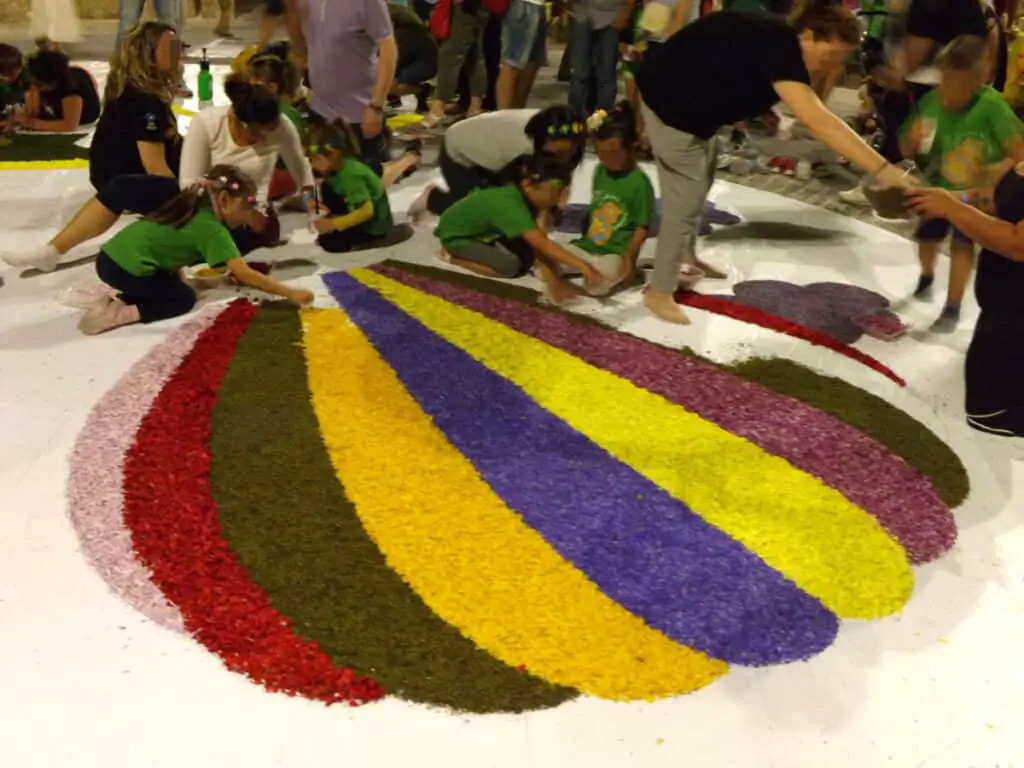
The saints are prevalently celebrated in smaller towns and cities, where local Parishes have a stronger influence on their communities, and are a catalyst for community engagement.
Celebrations of the saints are, in fact, also a way for Italians to engage with the local community.
Historically, the cult of the saints in Italy is rooted in rural culture, and so, to this day, saints are celebrated more in rural locations than in more industrialized cities.
How are saints celebrated in Italy?
These are the ways in which saints are celebrated in Italy.
- Processions
Saints are usually celebrated on their specific day, usually in the town that they are patrons of, with a procession through the town.
For the procession, inhabitants of the town, or city, walk through the streets, usually carrying the statue of the saint who is being celebrated, as well as items related to the specific celebration.
The procession usually starts and ends at the local church, where Mass is celebrated.
- Mass
A specific Mass is celebrated on the occasion of a Saint’s day at the local church, usually preceded or followed by a procession.
- Town celebration including local fair, fireworks, traditional dances and music
Saints are also celebrated in a non-religious way, which is usually a whole-town event and includes a fair with stalls where people can buy various items, music by local musical groups possibly accompanied by local dances and fireworks, for particularly important celebrations.
- Name day
For people who are named after a saint, name day is celebrated on the day corresponding to that saint, in accordance to the saint of the day calendar.
Name day (called “onomastico” in Italian) is celebrated similarly to a birthday, although it is a much smaller celebration than a birthday and is usually confined to family members and very close friends.
To wish someone happy name day in Italian you can say “buon onomastico”.
Name day celebrations were much more important in past generations, when religious occurrences were celebrated more than they are today.
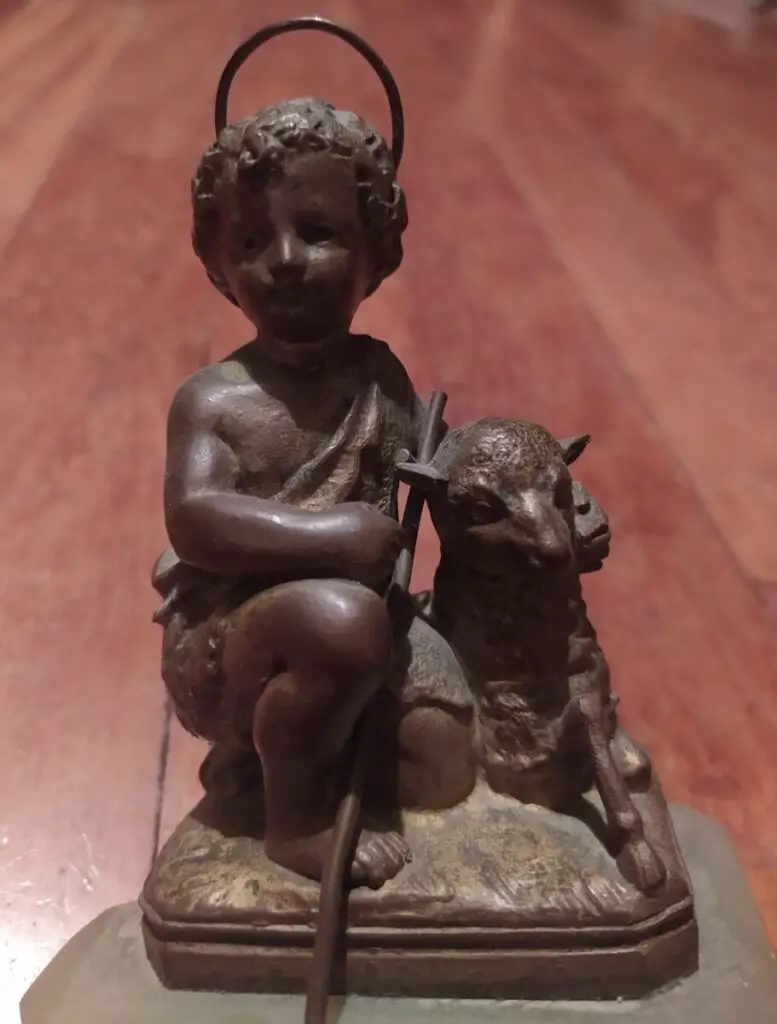
How many saints does Italy have?
It is estimated that, between the year 1588 and now, at least 1726 saints were canonized. It is thought that the largest number of saints (just under 900) was canonized by Pope Francis.

Nine saints that Italians pray to
Italy has a very large number of saints and many are patrons to specific towns and cities, or protectors of specific groups, and less well-known.
For this article, I have chosen nine of the most important and well-known saints in Italy.
- St. Anthony Abbate
St. Anthony Abbate is celebrated on 17th January and is the protector of animals, in particular pets and farm animals, in connection with the rural origins of the cult of the saints.
St. Anthony is a very ancient saint, born in Egypt in 251 AD. The miracles attributed to him are around healing of people and animals.
- St. Benedetto from Norcia
St. Benedetto from Norcia is celebrated on 11th July.
He is a very ancient saint, said to have died in 547 AD. St. Benedetto from Norcia is important because he founded the order of Benedictine monks and conceived important ideas on the purpose of monks and their lives in the monastery.
He founded a number of monasteries, the most famous being the Monastery of Montecassino.
- St. Francis of Assisi
St. Francis of Assisi is one of the Catholic patron saints of Italy. He was canonized in the central Italian town of Assisi on 16th July 1228 by Pope Gregory IX.
When I interviewed two knowledgeable Italian ladies, and asked them who their favourite saint is, they both said St. Francis of Assisi:
I am intrigued by his passion (St. Francis’) for an extreme life, he chooses extreme poverty, […] extreme friendship, extreme symbiosis with […] poor people, with nature, with God […]
St. Francis of Assisi is liked because of his personal story: he came from a wealthy background but, after his conversion, he dedicated his life to trying to get the Church to be less materialistic and more aligned with the teachings of Jesus Christ.
St. Francis founded the order of the Franciscans, who are known for their devotion to a simple and humble lifestyle with no excesses.
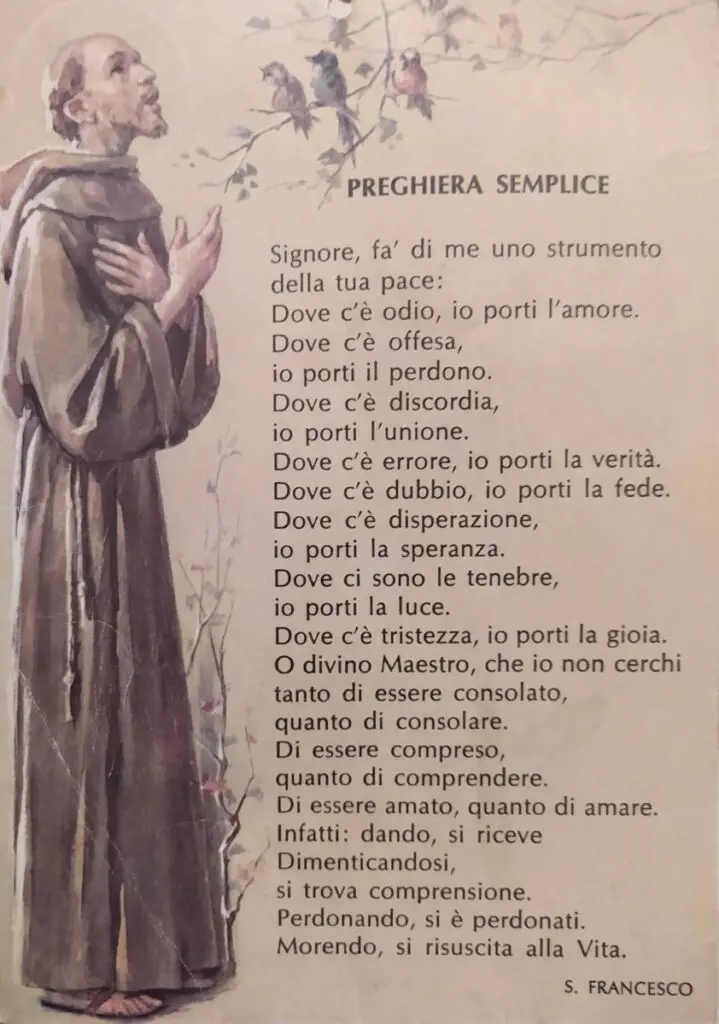
- St. Anthony of Padova
St. Anthony of Padova was canonized on 30th May 1232 by Pope Gregory IX. His main sanctuary is the Basilica of St. Anthony of Padova in the city of Padova.
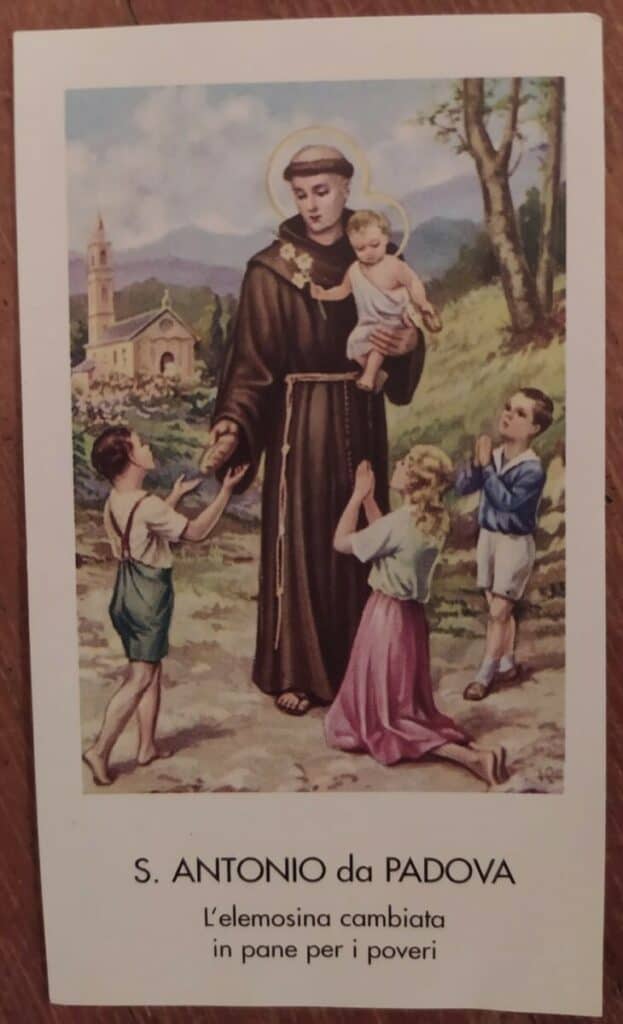
Many miraculous healings were attributed to St. Anthony of Padova. He is also considered to be the saint to pray to whenever something is lost.
- St. Catherine of Siena
St. Catherine of Siena was declared Catholic Patron Saint of Italy in 1970 by Pope Paolo VI. She was canonized by Pope Pius II in 1461.
St. Catherine is considered an important saint for the Catholic church. She wanted the Church to become less materialistic and more spiritual and held an important position as advisor of the Pope. For this reason, she was named “The Doctor of the Church”.
- St. Rita of Cascia
St. Rita of Cascia was canonized by Pope Leone XIII on 24th May 1900. She gained the title of “Patroness for impossible causes” and has many miracles attributed to her.
- St. Giuseppe (Joseph)
St. Joseph is an important saint for the Italians. He is patron of workers and is celebrated on 1st of May, which is workers’ day in Italy and a national holiday.
- St. Giovanni Bosco
St. Giovanni Bosco (known as John Bosco) is a more recent saint, canonized by Pope Pius XI in 1934.
St. Giovanni Bosco is important for his founding of the congregation of the Salesians, who are devoted to the education of young people, especially those from more disadvantaged backgrounds.
- Padre Pio
Padre Pio is a very recent Italian saint who is not only significant to Italians but also an interesting example to look at, since his activity took place so recently in history.
Padre Pio was from the region Puglia in southern Italy. Many people who had committed very serious crimes or sins converted to religion after speaking with him, and Padre Pio became very popular for these conversions.
The Pope at the time sent Father Agnello, a priest who was also a qualified psychiatrist, to evaluate Padre Pio. Padre Agnello diagnosed Padre Pio as mentally unstable and attributed his popularity to being able to easily impress people who weren’t well educated and came from lower socio-economic backgrounds.
Padre Pio was canonized in June 2002, by Pope John Paul II.


